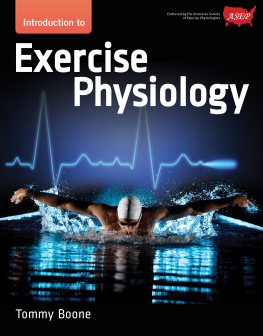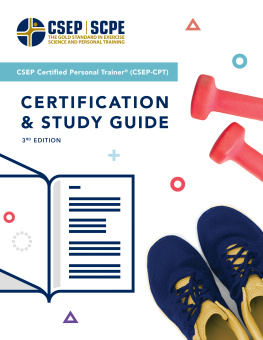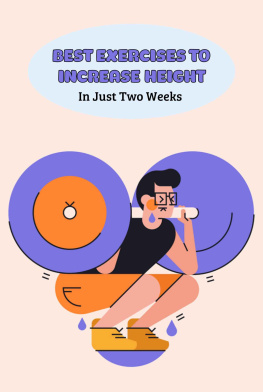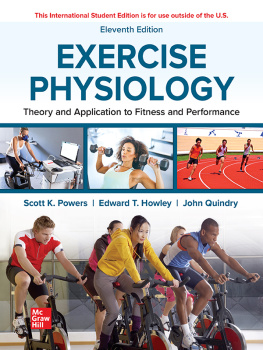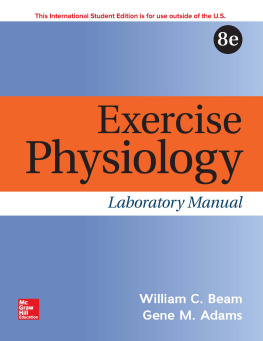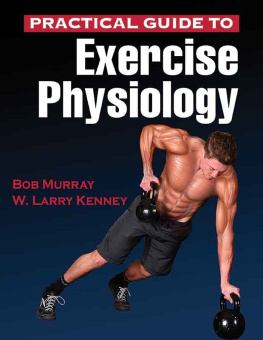
World Headquarters
Jones & Bartlett Learning
5 Wall Street
Burlington, MA 01803
978-443-5000
www.jblearning.com
Jones & Bartlett Learning books and products are available through most bookstores and online booksellers. To contact Jones & Bartlett Learning directly, call 800-832-0034, fax 978-443-8000, or visit our website, www.jblearning.com.
Substantial discounts on bulk quantities of Jones & Bartlett Learning publications are available to corporations, professional associations, and other qualified organizations. For details and specific discount information, contact the special sales department at Jones & Bartlett Learning via the above contact information or send an email to .
Copyright 2014 by Jones & Bartlett Learning, LLC, an Ascend Learning Company
All rights reserved. No part of the material protected by this copyright may be reproduced or utilized in any form, electronic or mechanical, including photocopying, recording, or by any information storage and retrieval system, without written permission from the copyright owner.
Introduction to Exercise Physiology is an independent publication and has not been authorized, sponsored, or otherwise approved by the owners of the trademarks or service marks referenced in this product.
Some images in this book feature models. These models do not necessarily endorse, represent, or participate in the activities represented in the images.
The author, editor, and publisher have made every effort to provide accurate information. However, they are not responsible for errors, omissions, or for any outcomes related to the use of the contents of this book and take no responsibility for the use of the products and procedures described. Treatments and side effects described in this book may not be applicable to all people; likewise, some people may require a dose or experience a side effect that is not described herein. Drugs and medical devices are discussed that may have limited availability controlled by the Food and Drug Administration (FDA) for use only in a research study or clinical trial. Research, clinical practice, and government regulations often change the accepted standard in this field. When consideration is being given to use of any drug in the clinical setting, the health care provider or reader is responsible for determining FDA status of the drug, reading the package insert, and reviewing prescribing information for the most up-to-date recommendations on dose, precautions, and contraindications, and determining the appropriate usage for the product. This is especially important in the case of drugs that are new or seldom used.
Production Credits
Chief Executive Officer: Ty Field
President: James Homer
SVP, Editor-in-Chief: Michael Johnson
SVP, Chief Marketing Officer: Alison M. Pendergast
Publisher: William Brottmiller
Acquisitions Editor: Megan R. Turner
Editorial Assistant: Sean Coombs
Production Manager: Julie Champagne Bolduc
Production Editor: Joanna Lundeen
VP, Manufacturing and Inventory Control: Therese Connell
Senior Marketing Manager: Andrea DeFronzo
Composition: diacriTech
Cover Design: Kristin E. Parker
Director of Photo Research and Permissions: Amy Wrynn
Cover and Title Page Images: (EKG line) PeterPhoto123/ShutterStock, Inc., (swimmer) S.Pytel/ShutterStock, Inc.
Printing and Binding: Courier Companies
Cover Printing: Courier Companies
To order this product, use ISBN: 978-1-4496-9818-8
Library of Congress Cataloging-in-Publication Data
Boone, Tommy.
Introduction to exercise physiology/by Tommy Boone.1st ed.
p.; cm.
Includes bibliographical references and index.
ISBN 978-1-4496-1709-7ISBN 1-4496-1709-3
I. Title.
[DNLM: 1. Exercisephysiology. 2. Exercise Therapymethods. WB 541]
612.044dc23
2012034315
6048
Printed in the United States of America
17 16 15 14 13 10 9 8 7 6 5 4 3 2 1
I dedicate this book to my family and friends, whose support and encouragement sustain me, and to my colleagues, who continue to motivate and inspire me. Their commitment to ASEP has shaped the foundational concepts of professionalism in exercise physiology. Finally, I dedicate this book to my students, undergraduate through doctoral, both past and present.
Brief Contents
CHAPTER 22 Legal Aspects of Exercise Physiology
Contents
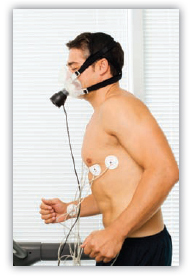
IT Stock/Polka Dot/Thinkstock
Ventilation Limitations to Exercise
Interval Training
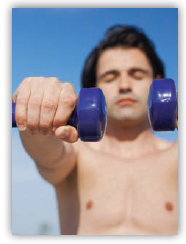
Jupiterimages/Comstock/Thinkstock
CHAPTER 7
Hypertrophy

Warren Goldswain/ShutterStock, Inc.
Healthy Eating and Physical Performance

Maridav/ShutterStock, Inc.
Electrical Conduction
Premature Atrial Contraction
Exercise and Health Benefits
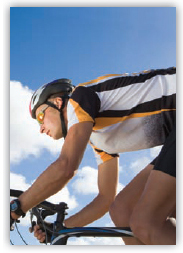
Polka Dot Images/Thinkstock
CHAPTER 14
The Effect of Gravity on the Body
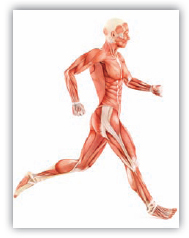
iStockphoto/Thinkstock
Flexor Carpi Radialis
Gastrocnemius
Hip Flexor Stretch (Standing Side Split with Shoulders Forward)
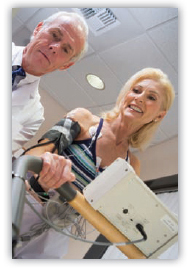
Monkey Business/Thinkstock
Body of Knowledge
Professional Liability Insurance
Preface
During the past several decades, exercise physiologists have emphasized the importance of regular exercise in the prevention of chronic diseases associated with a sedentary lifestyle. Obesity, type II diabetes, metabolic syndrome, cardiac dysfunction, hypertension, and osteoporosis can be helped or even reversed with properly prescribed exercise. The information in this book serves as the foundation of an evolutionary concept that exercise is medicine.
Introduction to Exercise Physiology is designed to educate the reader about the human body and how to care for it. This knowledge encourages critical reflection about the scientific basis of exercise physiology as a healthcare profession. This book combines scientific principles and calculations that support its use as an entry-level text to help exercise physiology students understand career options that use exercise as medicine in addition to the more traditional focus on the development of exercise training programs for enhanced athletic performance.
Exercise physiology is the identification of physiological mechanisms that facilitate positive healthcare changes in the human body. It includes the comprehensive delivery of treatment services concerned with the analysis, improvement, and maintenance of health and fitness; the rehabilitation of heart disease and other diseases and/or disabilities; and the professional guidance and counsel of athletes and others interested in athletics, sports training, and human adaptability to acute and chronic physical activity.
Next page
